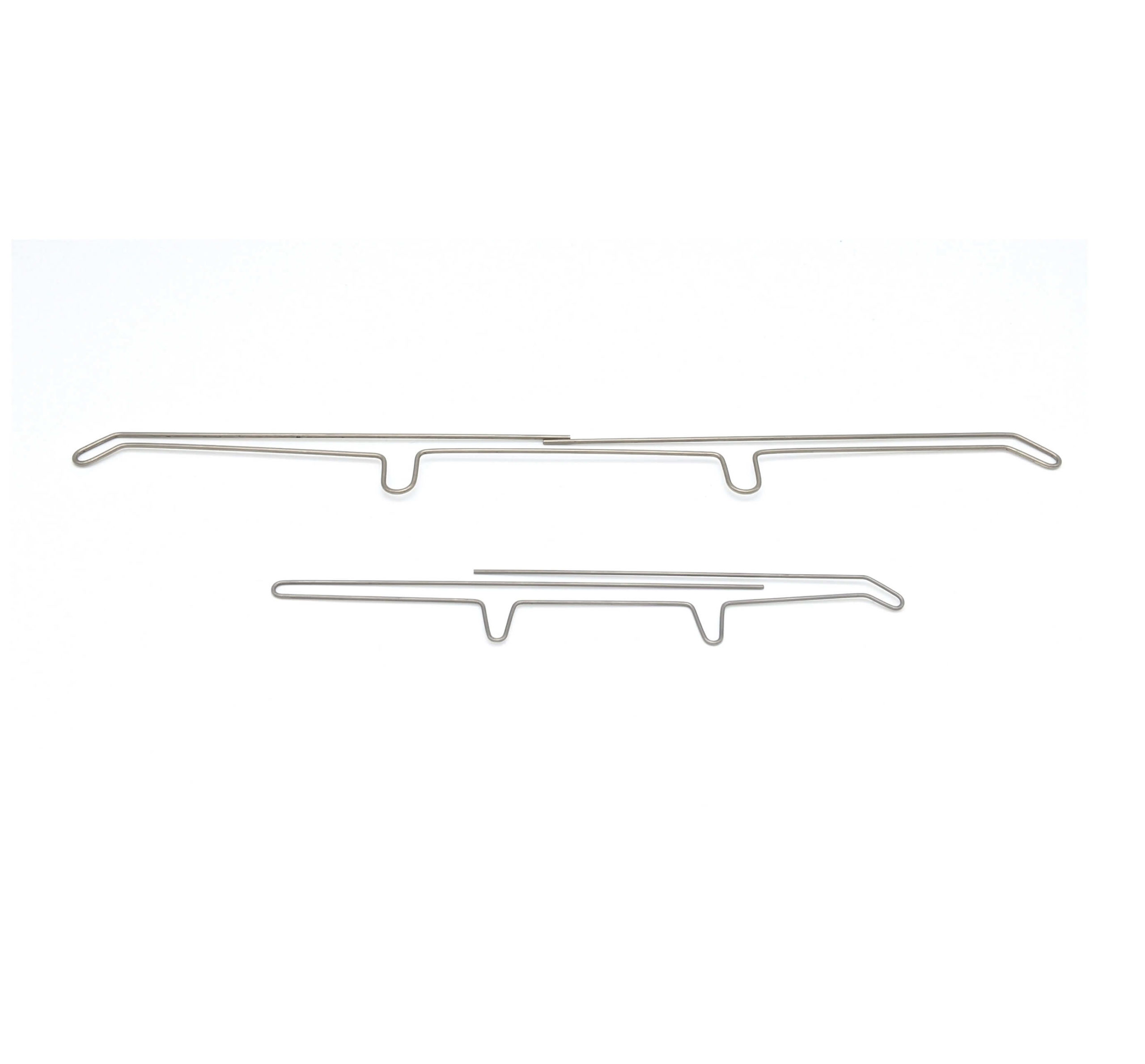Get unique, complex parts easily. No matter your requirements, Chaoyi Spring creates hard-to-produce coil springs and wire forms.
Let us help you create the custom wire form you need, from S-hooks and J-hooks to utility hooks and more.
We work closely with customers across a wide range of industries, helping them design and manufacture made-to-order parts.
Why choose Chaoyi Spring? We prioritize customer-focused collaboration, modern equipment and the latest technology to make your parts per print.
Find the information and guidance you need, from measuring a spring to learning about materials, placing an order and much more.
In the world of mechanical engineering, springs are indispensable components that play a pivotal role in various applications, from simple door hinges to complex automotive suspension systems. Among the different


In the world of mechanical engineering, springs are indispensable components that play a pivotal role in various applications, from simple door hinges to complex automotive suspension systems. Among the different types of springs, torsion springs stand out due to their unique ability to store and release energy through twisting or rotational motion. Understanding the characteristics and behavior of torsion springs is crucial for engineers and designers seeking to optimize their performance and ensure optimal functionality in their creations. This comprehensive guide dives deep into the world of torsion springs, exploring their fundamentals, applications, and the indispensable tool for comprehending their intricacies: the torsion spring chart.

Imagine a spring that, instead of being compressed or stretched, is twisted around its axis. That's the fundamental principle behind a torsion spring. Unlike their linear counterparts, torsion springs are designed to resist rotational forces or torques. When subjected to a twisting force, they store potential energy, which is then released when the force is removed, causing the spring to unwind. This unique characteristic makes torsion springs ideal for applications that require controlled rotational movement, such as closing doors, retracting cables, or providing tension in mechanisms.
A torsion spring chart is a visual representation of the relationship between the applied torque and the resulting angular displacement of a specific torsion spring. It's akin to a roadmap for understanding the spring's behavior under different loading conditions. This chart typically presents two key axes:
The torsion spring chart is not just a static diagram; it's a powerful tool for predicting and analyzing a spring's performance. The curve depicted on the chart is crucial for gaining valuable insights into:
The importance of torsion spring charts cannot be overstated. They serve as a vital tool for engineers, designers, and anyone involved in selecting, specifying, or using torsion springs. Here's why:
To fully harness the power of torsion spring charts, it's essential to understand the common parameters and conventions used to represent their characteristics:
These parameters, along with the spring material and manufacturing tolerances, all contribute to the overall characteristics of the spring and are often included in torsion spring charts.
The application of torsion spring charts extends far beyond theoretical understanding. They play a critical role in various industries and applications, including:
While torsion spring charts provide invaluable insights, it's important to consider other factors that can influence the spring's performance and longevity:
By considering these additional factors alongside the information provided in the torsion spring chart, engineers and designers can make well-informed decisions and ensure the optimal performance of their spring-based designs.
In conclusion, torsion spring charts are an indispensable tool for understanding, selecting, and optimizing torsion springs in various engineering applications. By providing a clear visual representation of the spring's behavior under different load conditions, these charts empower engineers and designers to make informed decisions, ensuring the reliable and efficient operation of their designs. Understanding the fundamentals of torsion springs, the information contained in these charts, and the additional factors influencing spring performance lays the groundwork for creating innovative and robust solutions across diverse industries.
Browse some of the custom wire forms and springs that we manufacture. Don’t see what you need? We specialize in made-to-order products that meet your application requirements.
Visit Our GalleryNeed a custom wire form or coil spring? We make it work. Fill out the contact form and a representative will respond within 1 business day. If you have a PDF or CAD file, you can submit to request a quote.